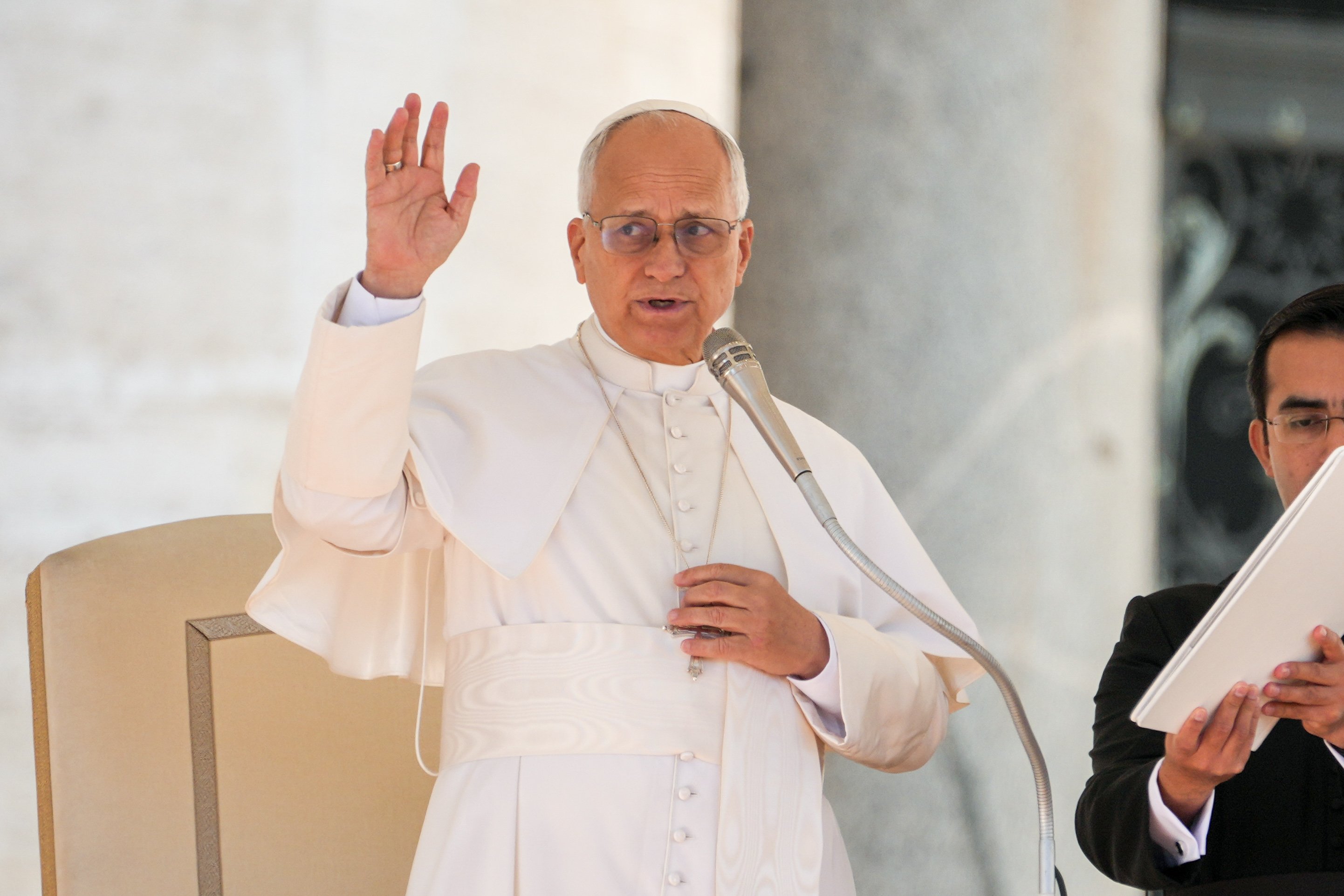April 6, 2018 at 1:53 p.m.
I was living in Texas 20 years later and taking a course in Christian spirituality when I came to understand her life and relate to her spirit. We were each assigned a saint to study; I was given Therese. I read her autobiography, "Story of a Soul," and her letters.
I was struck by her passion, humanness and deep desire to love. She is a spiritual warrior, a disciple of mercy and a friend on the journey -- yet, in literature, she's often portrayed in a saccharine, conservative way. This disempowers her and her insights into God and people.
During my studies at seminary, many were drawn to her as one who intercedes for priests and because she was obedient and in love with Jesus. To many, she was seen as a model of perfection.
I couldn't disagree more. To me, St. Therese is a model of imperfection. She knew what it meant to be human and experience weakness, mentally and physically. Her faith and experience taught her these were not barriers to overcome, but conduits of grace.
For St. Therese, these dimensions of her humanity were reasons to seek mercy and healing, rather than holding out for cures and finding the "right" way. She rejoiced in her flaws and littleness, even though the spirituality of her day was dominated by the pursuit of perfection, often in extreme ways.
St. Therese chose to go inward. She embarked on an intense, often dark journey with God. She was dissatisfied with spiritual sources of her day, in literature and in people, trusting instead in the God who came to her mercifully in her perceived nothingness and "transformed that nothingness into fire."
This understanding of her humanness as the meeting place with God, in the simplest of our experiences, made ordinary people like my Granddad follow what she called her "little way." There is nothing little or weak about her way. It is radical. It plunges us into the mystery and reality of the incarnation: God becoming one of us.
Even today, that is countercultural to much of what we see in Church and society, which tries to determine who is in and out, based on how perfect they are.
(Sister Victoria is vice president for mission integration at Maria College, Albany.)[[In-content Ad]]
SOCIAL MEDIA
OSV NEWS
- Live blog: Public session of 2025 USCCB Fall assembly opens today
- US bishops celebrate Mass to ‘beg the Holy Spirit to inspire’ their fall assembly
- As deal to end shutdown advances, Catholic groups urge action on health insurance costs
- Texans vote overwhelmingly to enshrine parental rights in state constitution
- Supreme Court declines Kim Davis case seeking to overturn same-sex marriage ruling
- ‘Do you love Jesus more than your political opinion?’: Bishop Tyson says the church faces a test
- Vatican says Swiss Guards investigating alleged antisemitic gesture
- Bishop: Survival of Christian communities in Nigeria depends on security, justice
- Pope asks for extra care when using AI in medicine
- Pope holds long meeting with Belgian abuse survivors








Comments:
You must login to comment.